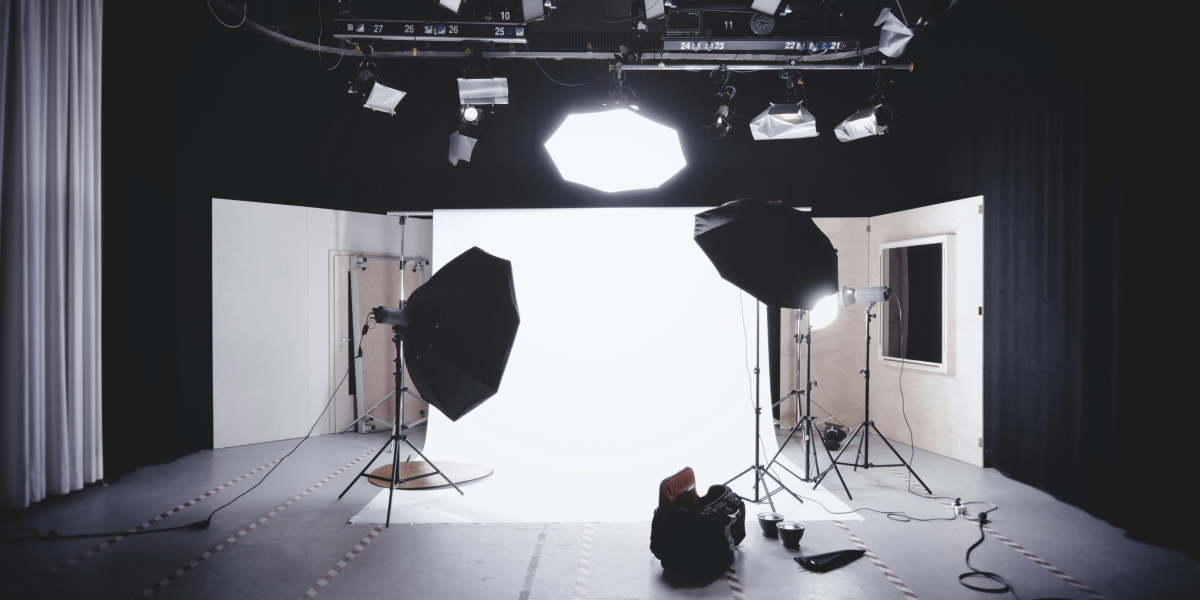Conceptual indoor photography allows photographers to explore creative themes and narratives within controlled spaces. Whether you’re a professional or starting a successful indoor shoot depends on thoughtful planning, cohesive storytelling, and an eye for detail. This guide outlines practical steps to help you design a compelling indoor photography setup that fully expresses your artistic vision.
Choosing the Right Space to Set the Scene
The setting is foundational to any indoor conceptual shoot. Choose a space that reflects the theme and complements the story you want to tell. Consider locations that naturally enhance your concept—an ancient studio, a cozy home setting, or an abandoned space that adds an atmospheric edge. Each setting brings its mood, so consider the visual impact of textures, colors, and backgrounds within the space to support your story. The chosen location should be an asset, reinforcing the theme rather than distracting from it.
Defining Your Concept and Visual Style
Before starting your shoot, establish a clear concept and cohesive style. Identify the emotions, themes, and messages you aim to communicate through your images. Creating a mood board inspired by colors, themes, poses, and artistic references can help you visually map out ideas. This roadmap is essential for keeping the shoot on track, especially if it involves multiple subjects or complex compositions. With a well-defined concept, every decision, from lighting to props, becomes purposeful and aligned with the story you’re aiming to tell.
Incorporating Props and Accessories for Depth
Props can bring richness and context to indoor photography, adding layers to your visual narrative. Thoughtfully chosen accessories like vintage furniture, seasonal decor, or thematic objects create immersive scenes. Consider what elements best support your concept—personal items, natural elements, or symbolic objects. Props should serve to enhance rather than overpower the subject. For instance, a worn-out chair can evoke nostalgia, while specific fabrics might convey warmth or elegance. Props help bring concepts to life and offer viewers additional details that draw them into the scene.
Lighting, Composition, and Model Direction
Lighting, composition, and model direction each play a vital role in setting the mood and enhancing narrative depth in indoor photography. Experimenting with lighting, from natural to studio setups, allows you to control shadows and highlights that create either soft, relaxed scenes or bold, dramatic effects. Composition choices, like symmetry, balance, and focal points, guide the viewer’s eye and contribute to the storytelling within the frame. For shoots involving models, conveying emotion through expressive body language and subtle gestures is critical. Photographers capture authentic expressions that resonate by aligning the model’s movements with the shoot’s theme. These elements bring cohesion, making each shot visually captivating and emotionally engaging.
Attention to Detail in Every Element
The most minor details in conceptual photography can make or break an image. Carefully arrange props, adjust lighting angles, and fine-tune framing to ensure that every part of the composition serves the overall narrative. Double-check for any out-of-place elements or distractions that might detract from the message. Minor adjustments can enhance the cohesiveness of the image, creating a polished look that reflects a professional touch. Patience in arranging details often yields richer, more visually captivating results.
Exploring Techniques for Added Visual Interest
Indoor photography allows you to experiment with various photographic techniques that can enhance your concept. Prolonged exposure, double exposure, and creative use of shadows or reflections can add visual intrigue to your compositions. Post-processing techniques, such as color grading or selective focus adjustments, can further refine the aesthetic. Don’t hesitate to push the boundaries with experimental techniques that align with your theme—they may lead to unexpected, striking outcomes that add a layer of artistry to your work.
Embracing Flexibility and Adaptability
Indoor shoots often present challenges, from lighting changes to limited space, so flexibility is critical. Be ready to adapt—whether it means rearranging props, shifting light sources, or trying a new angle when a shot isn’t working as planned. This open-minded approach allows for spontaneous creativity and can lead to more compelling images. Embrace the unexpected and allow room for improvisation, often leading to the most authentic and memorable moments.
Reviewing and Refining Your Work
After completing your shoot, review your images critically. Look for strengths and potential improvements in composition, lighting, and storytelling. Evaluate how well each image conveys the intended concept and identify areas that could be refined for future projects. Seeking feedback from peers or mentors can provide valuable insights and fresh perspectives, helping you continue developing your skills. Use these reflections as a guide to improve your technique and creative approach.
Creating Impactful Indoor Photography with Purpose and Detail
Mastering conceptual indoor photography is a rewarding journey that blends creativity with careful planning and execution. You can capture images that tell powerful visual stories by selecting an appropriate location, defining a clear concept, using thoughtful lighting, and refining every detail. With continuous practice, experimentation, and a willingness to adapt, conceptual indoor photography becomes a versatile tool for expressing artistic vision. Achieving memorable, impactful images requires technical skill and an intentional, story-driven approach.
Published by: Nelly Chavez















